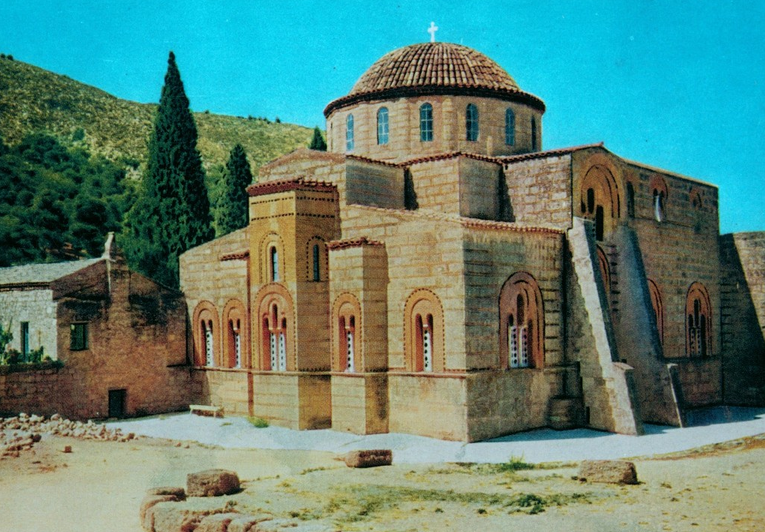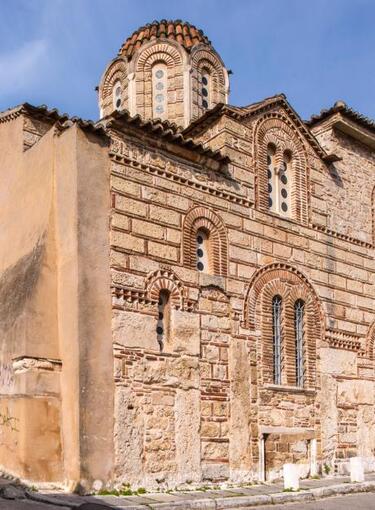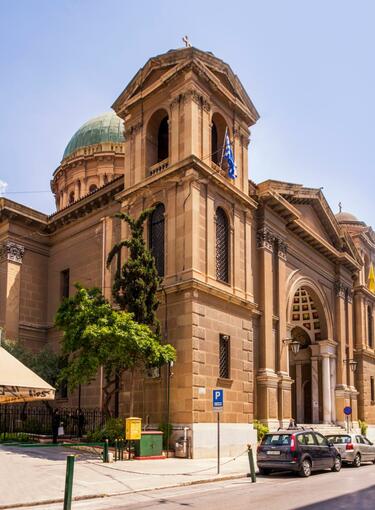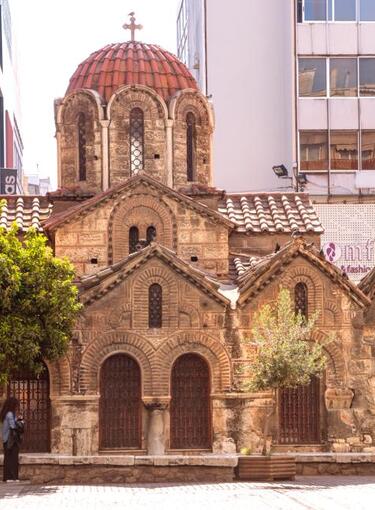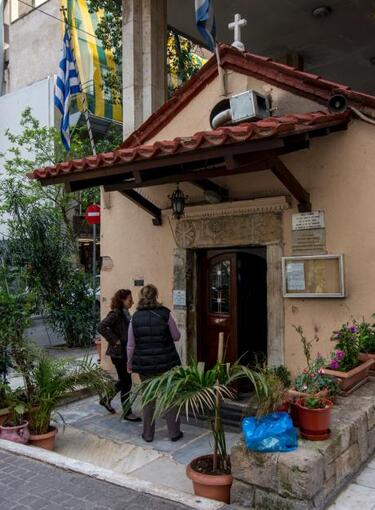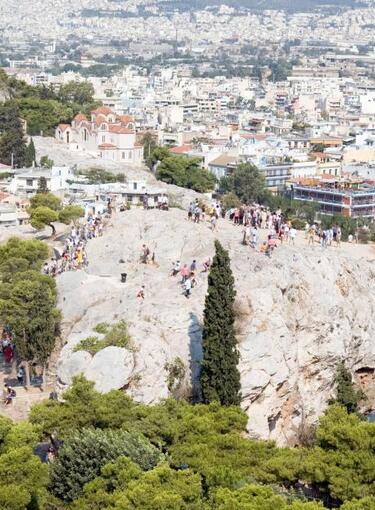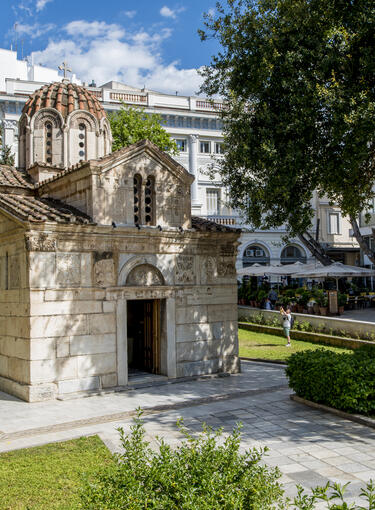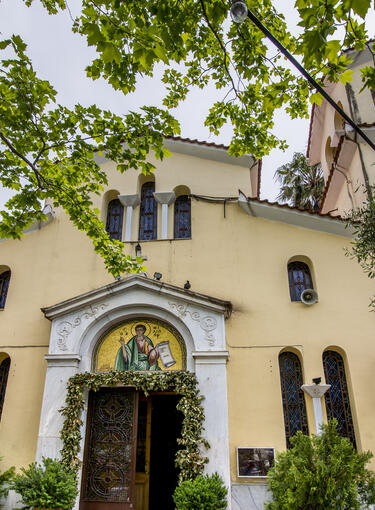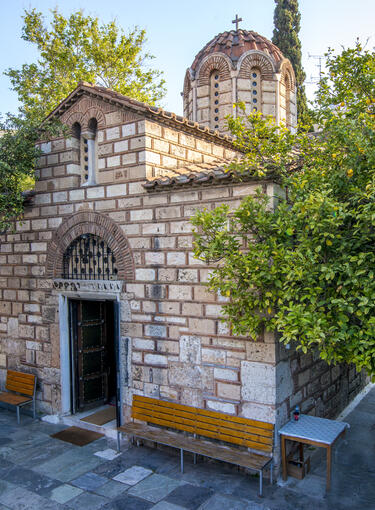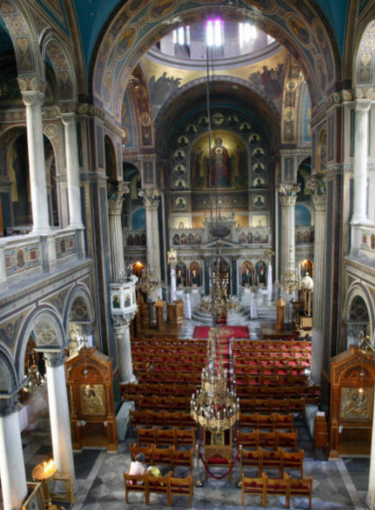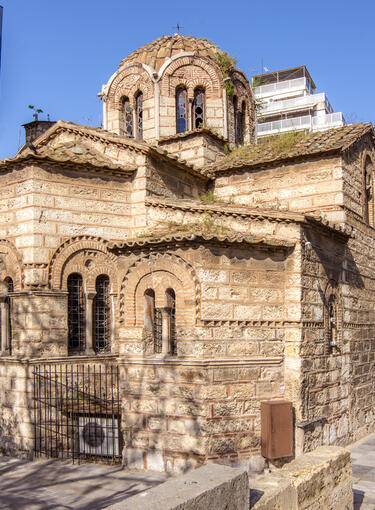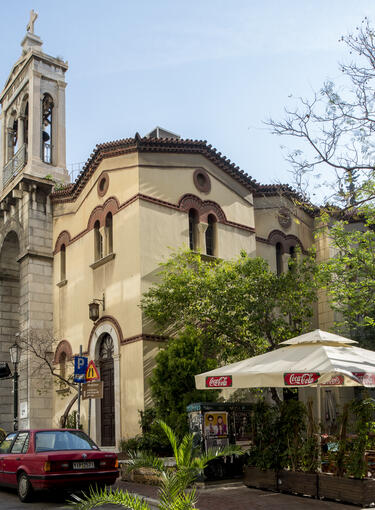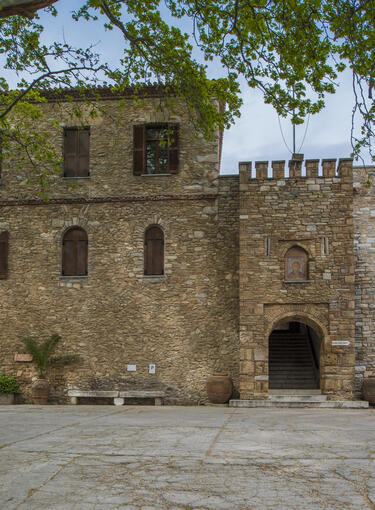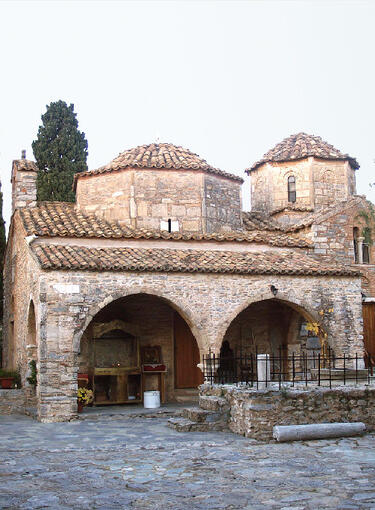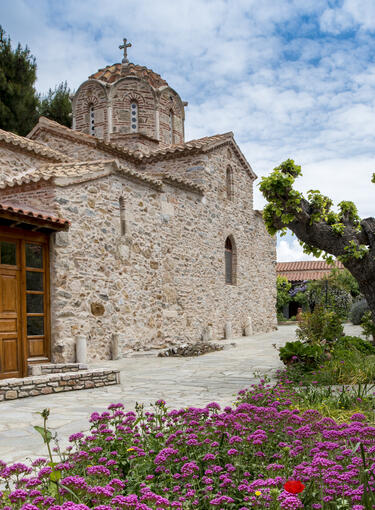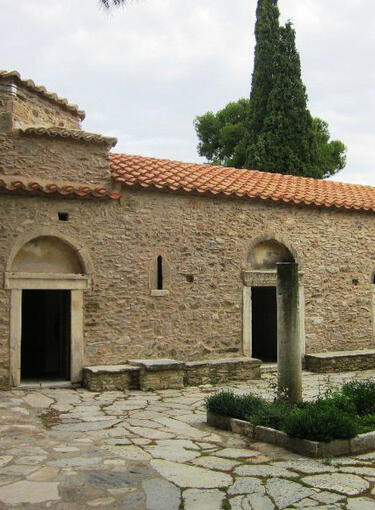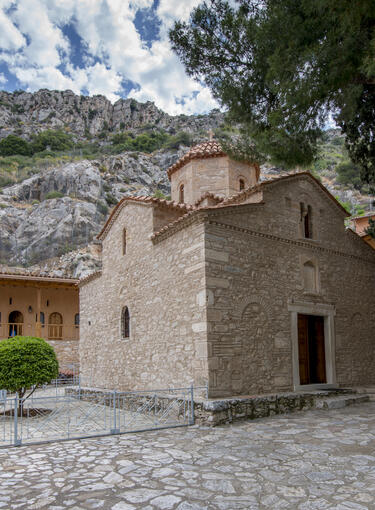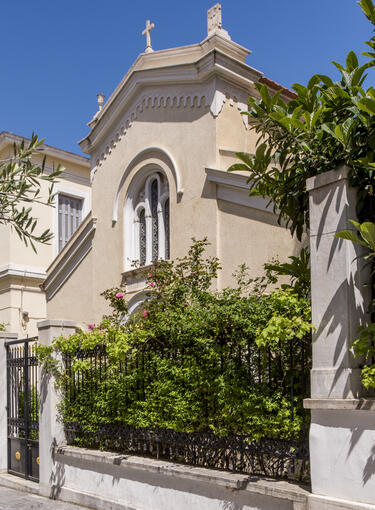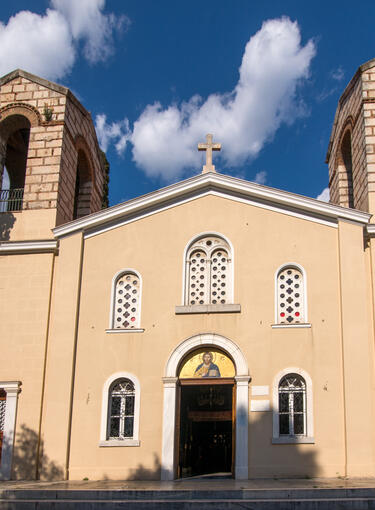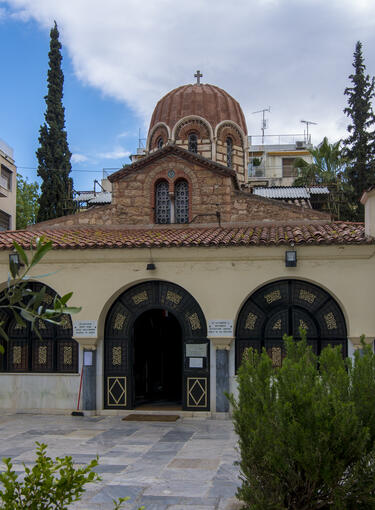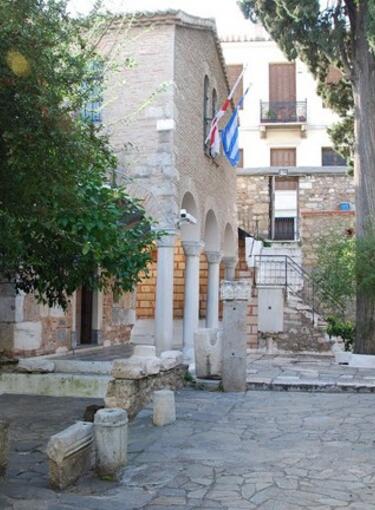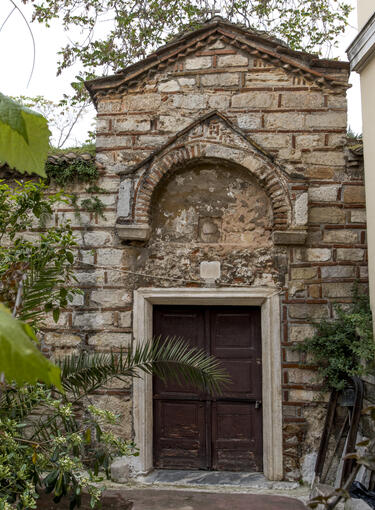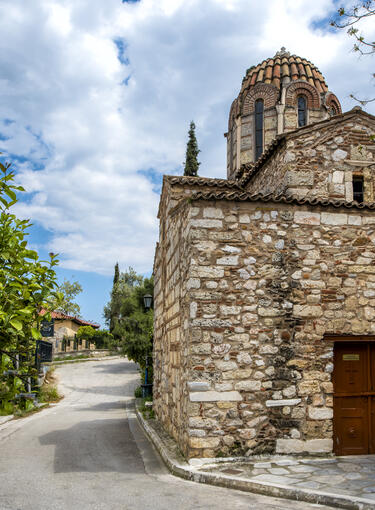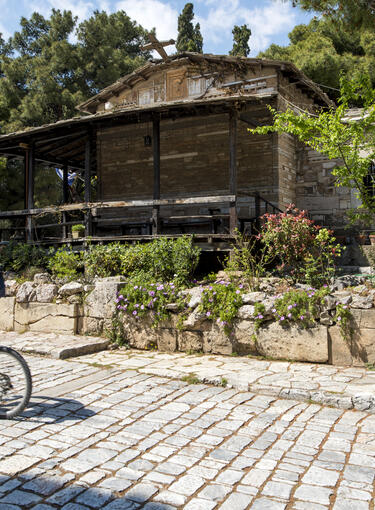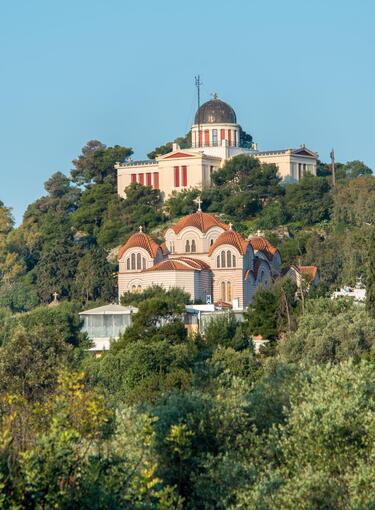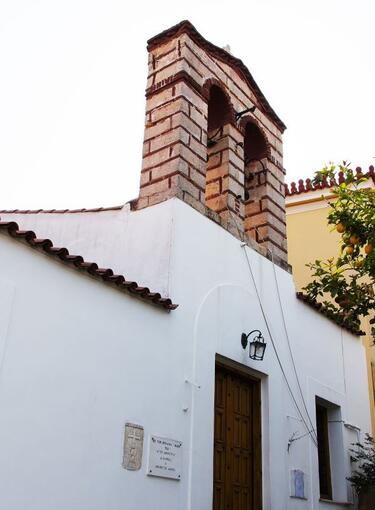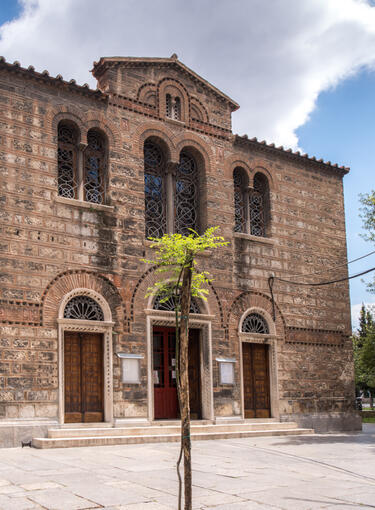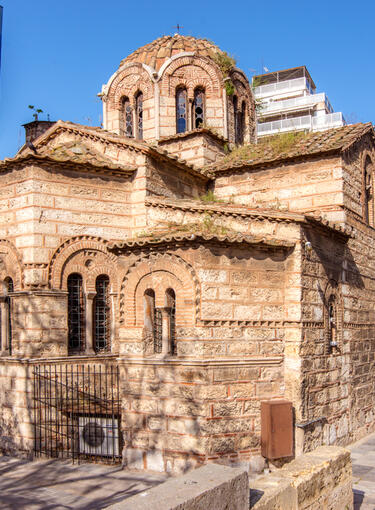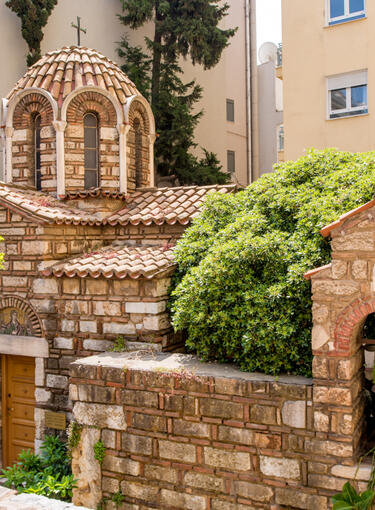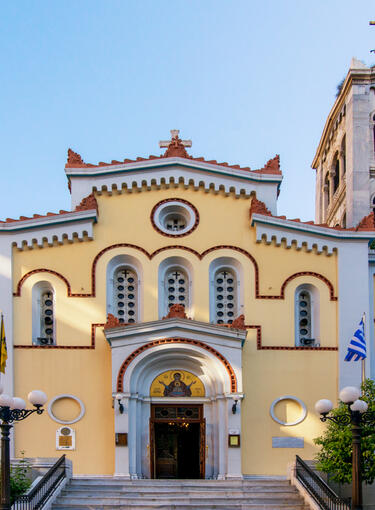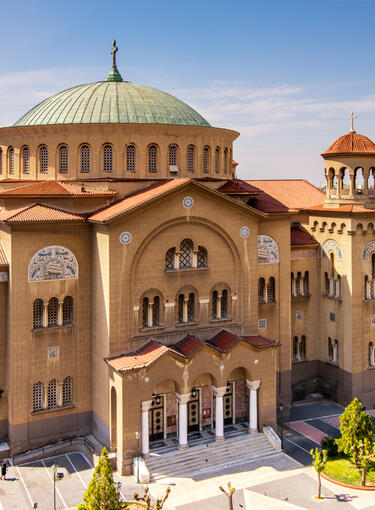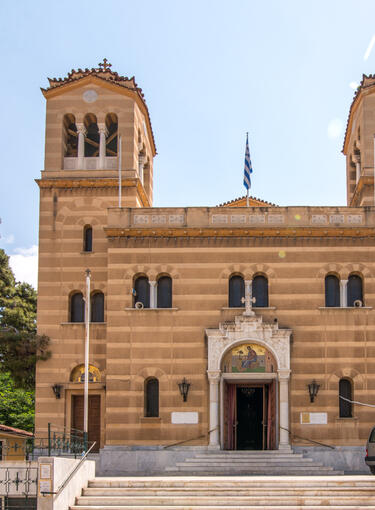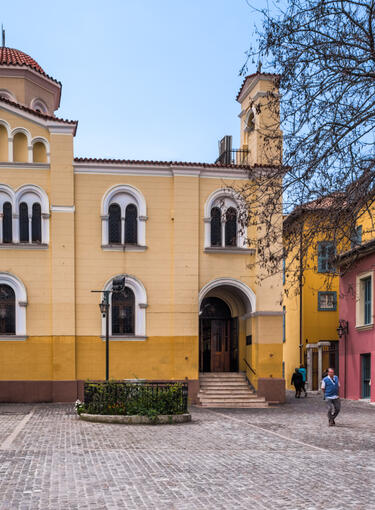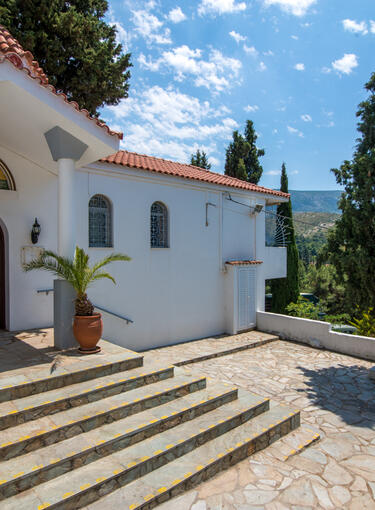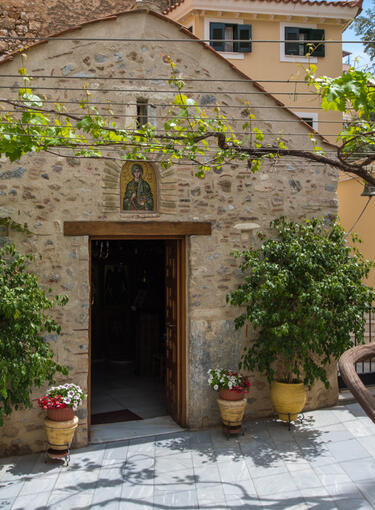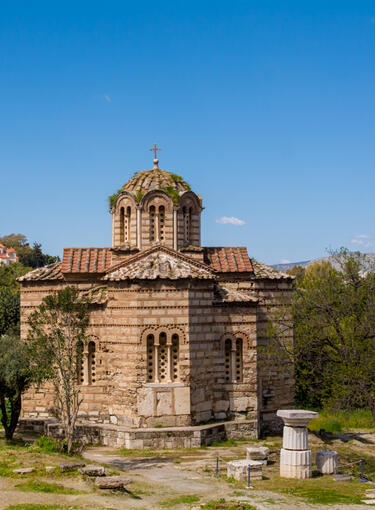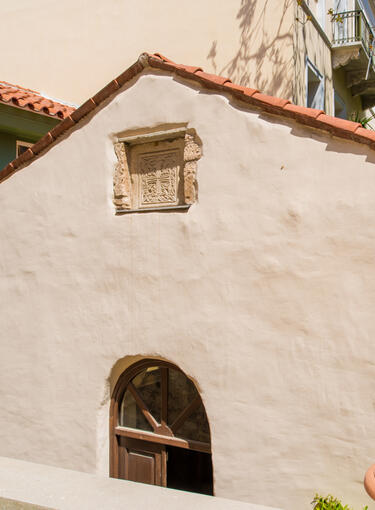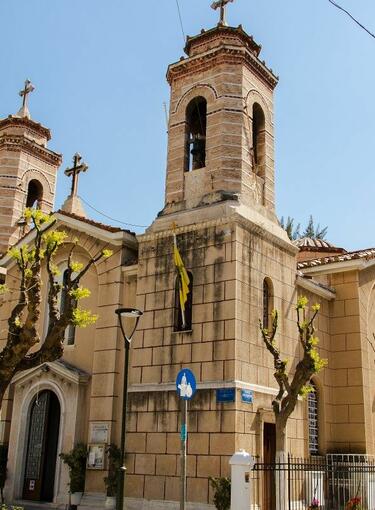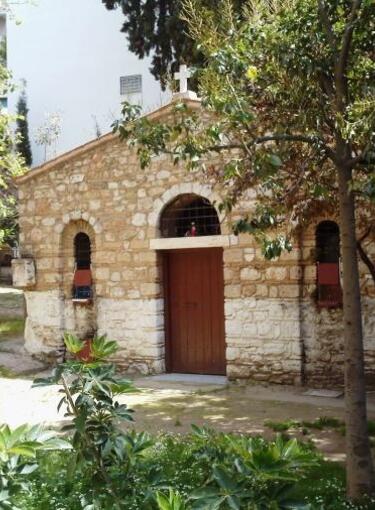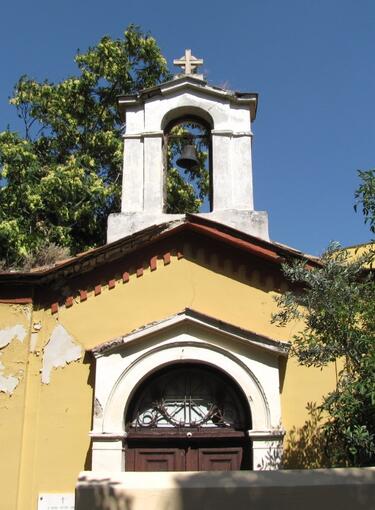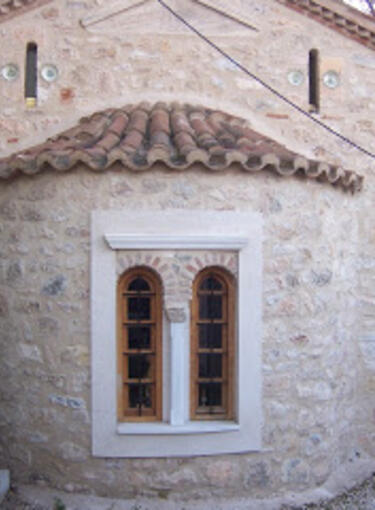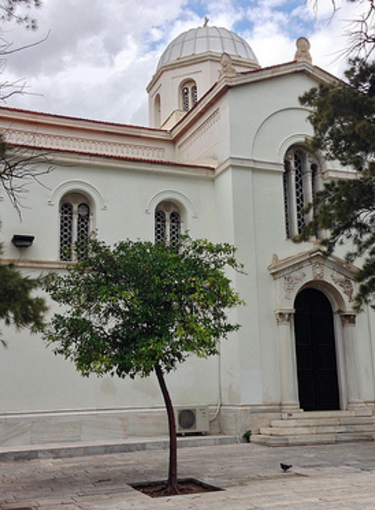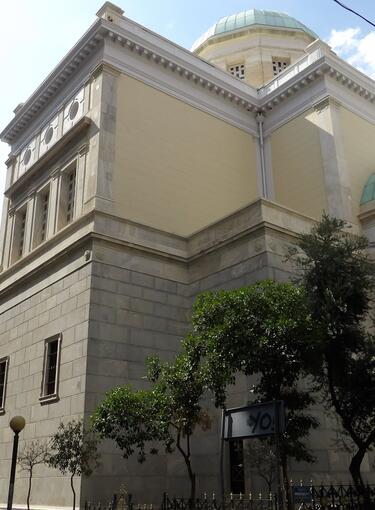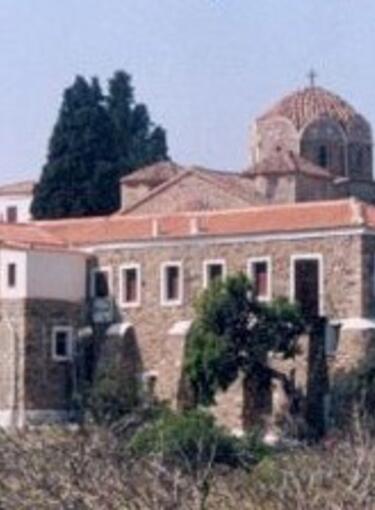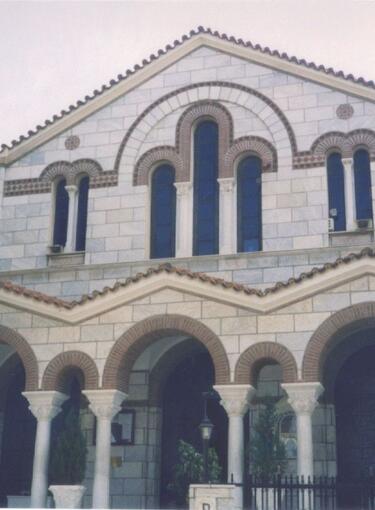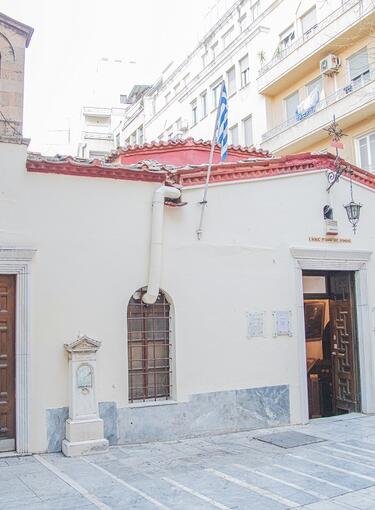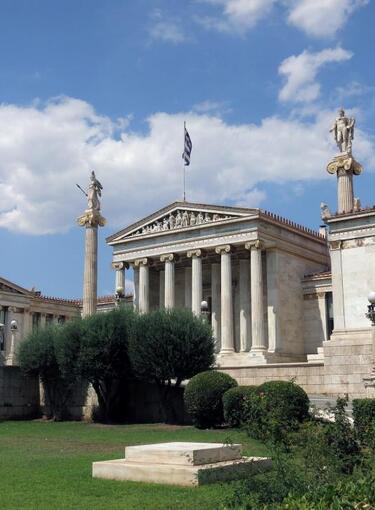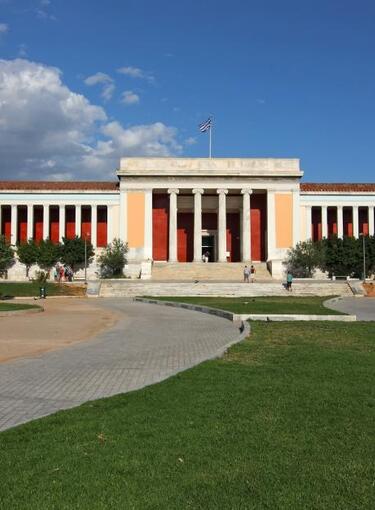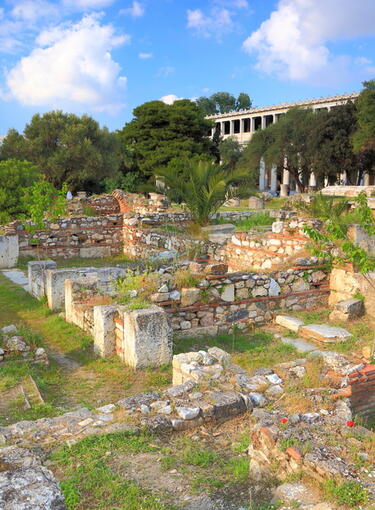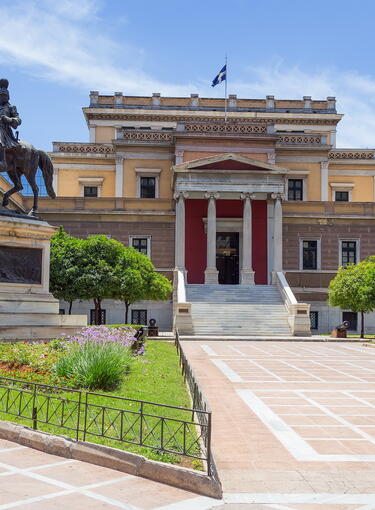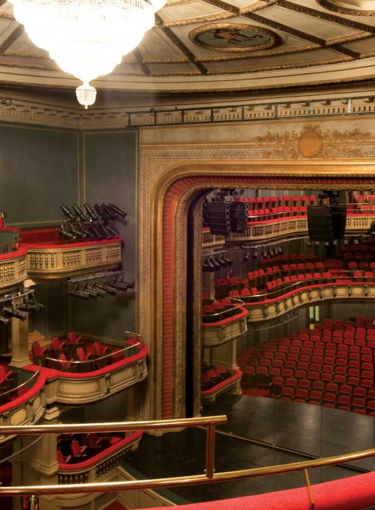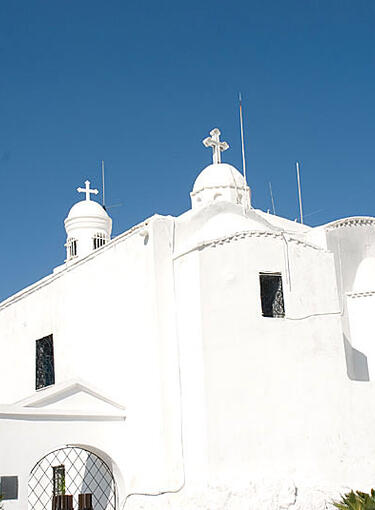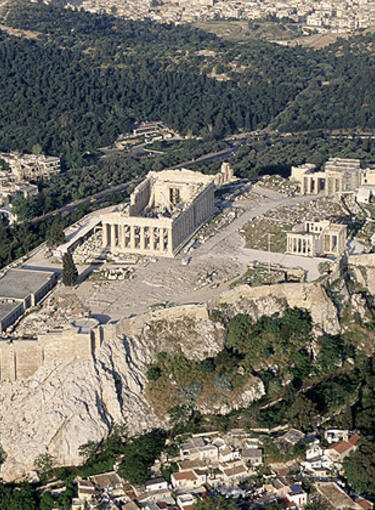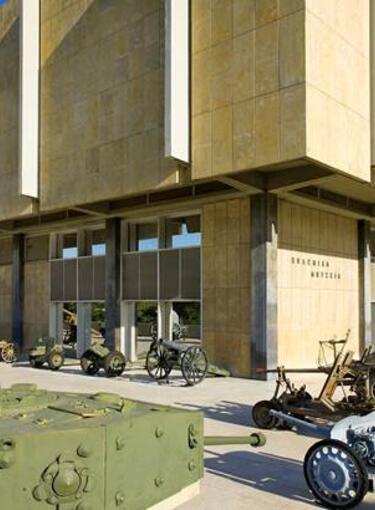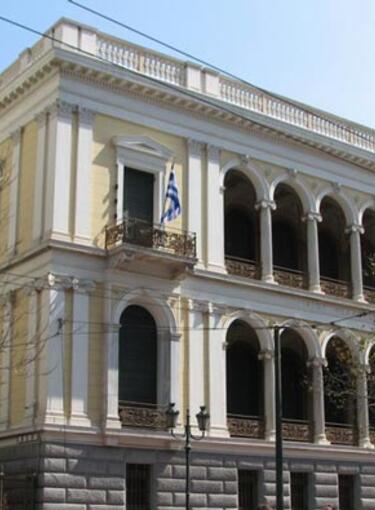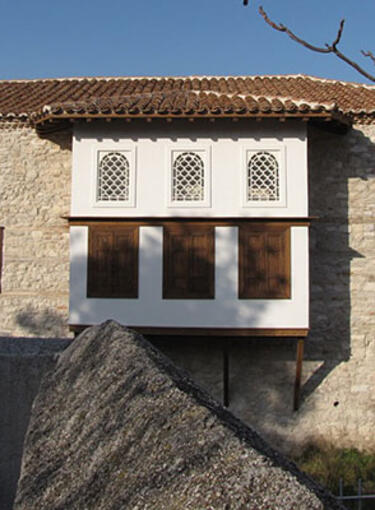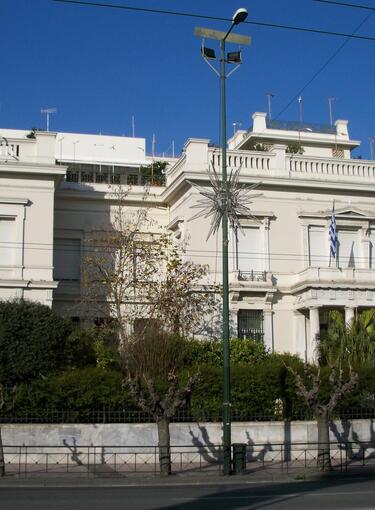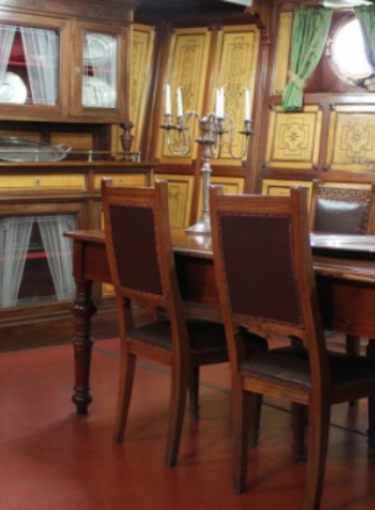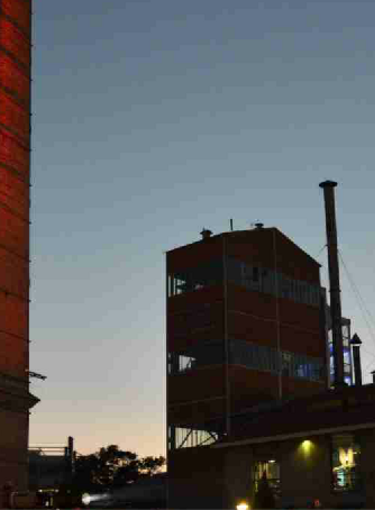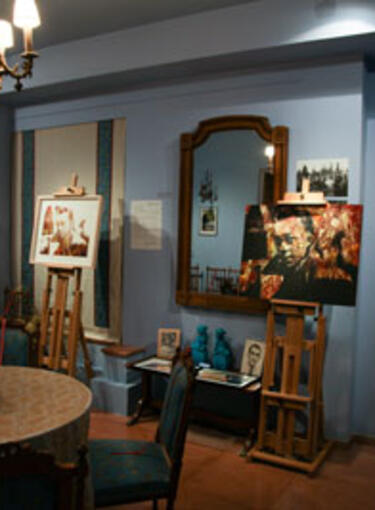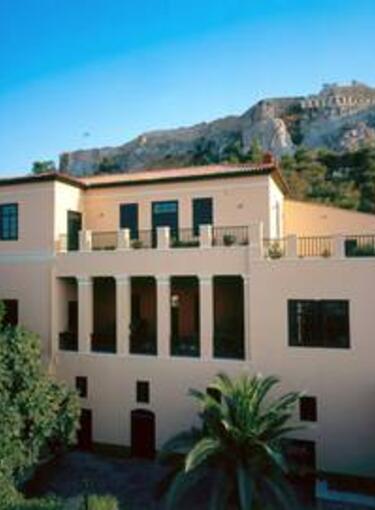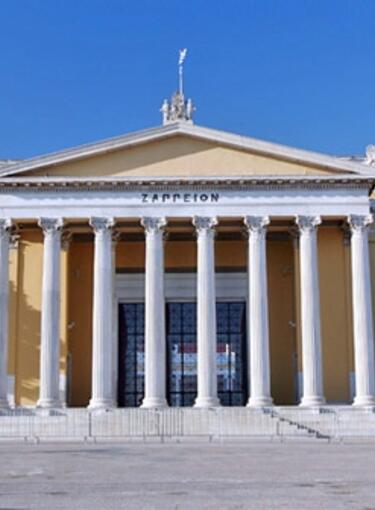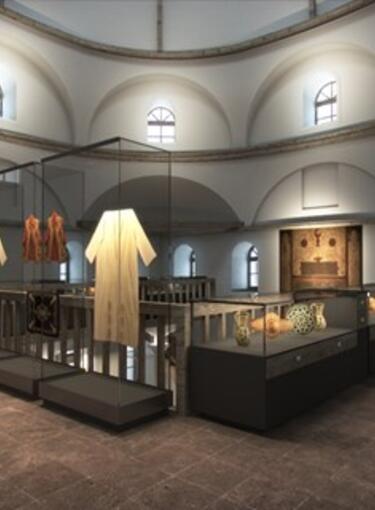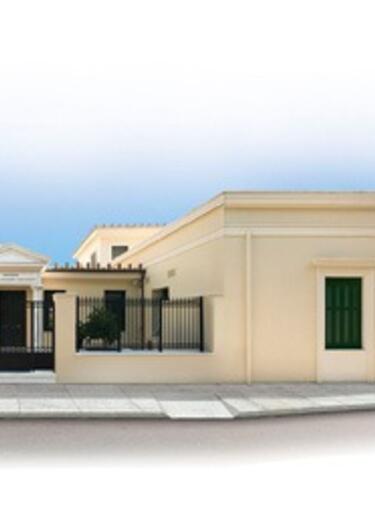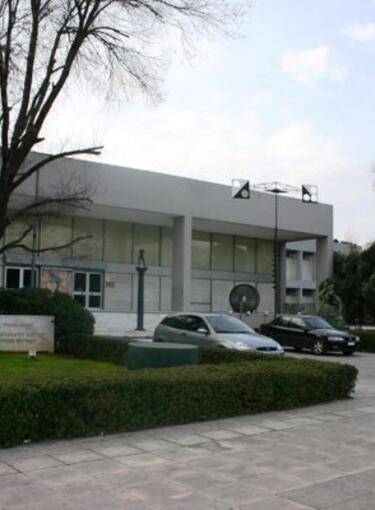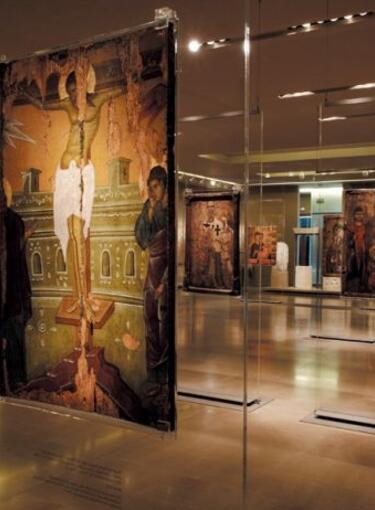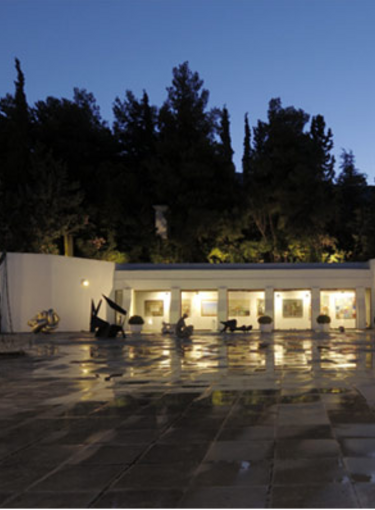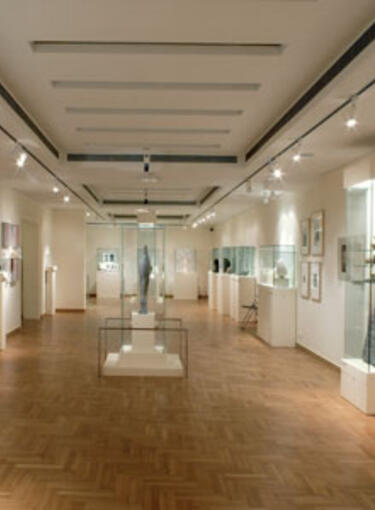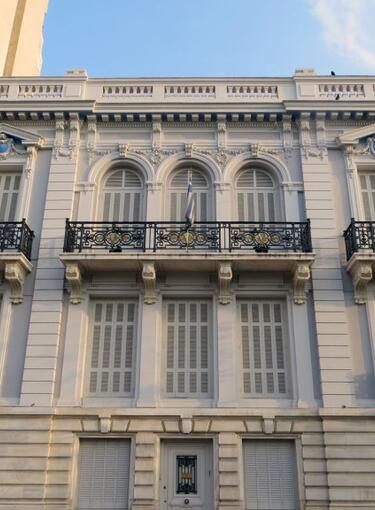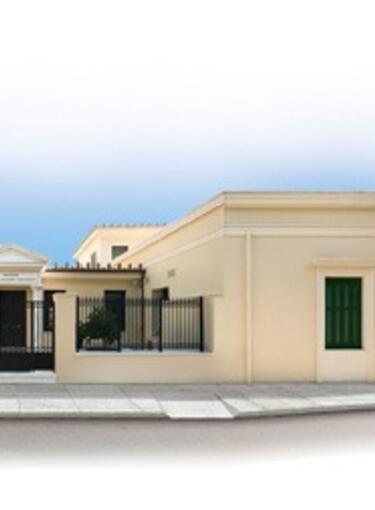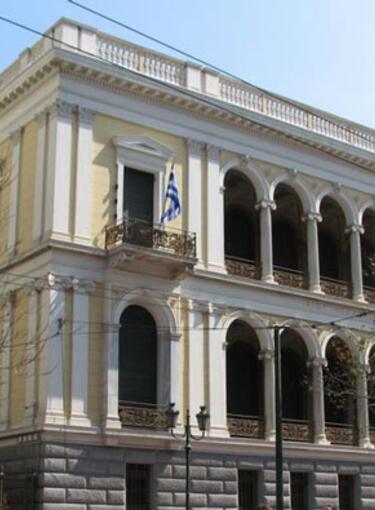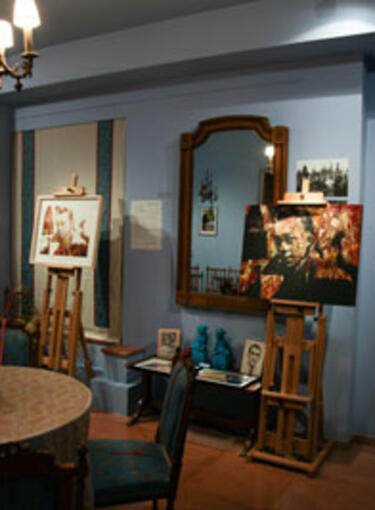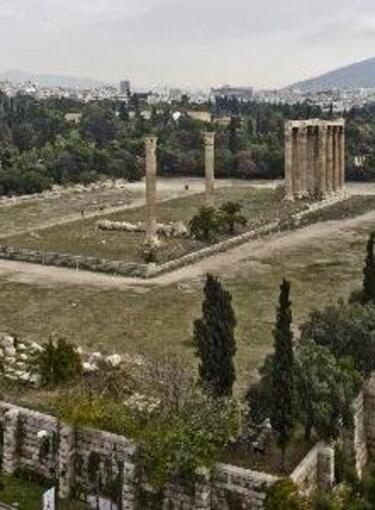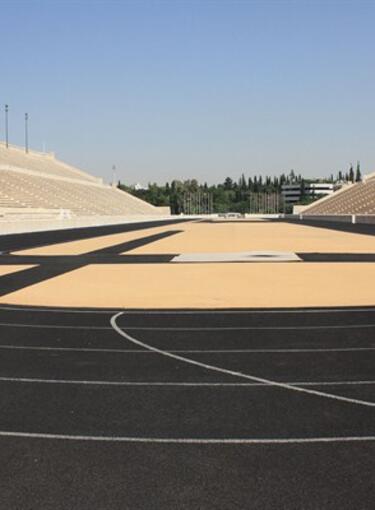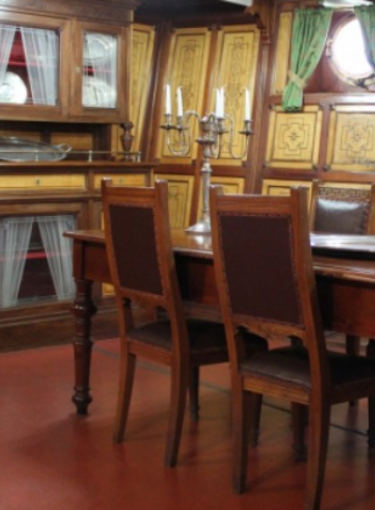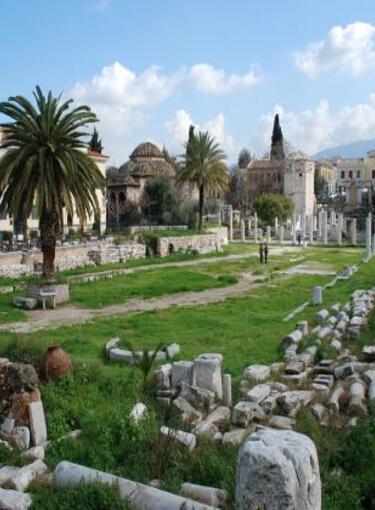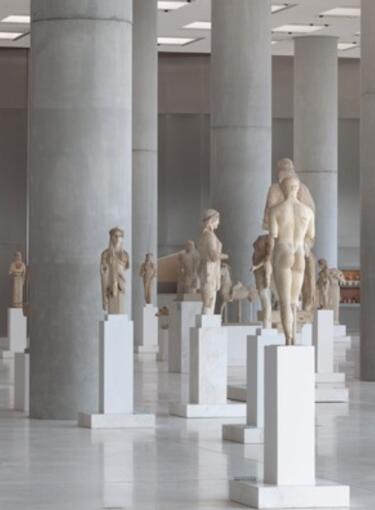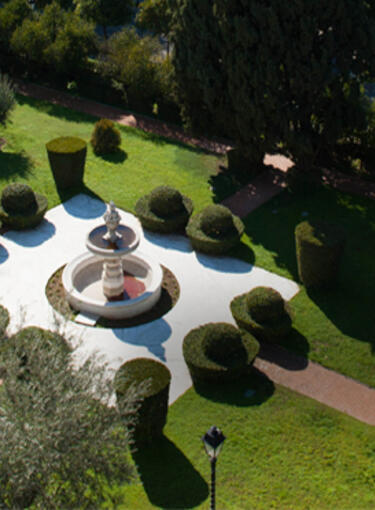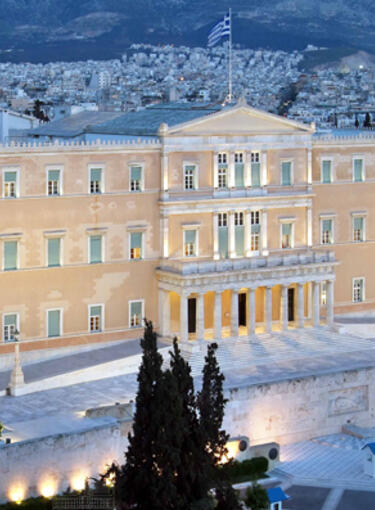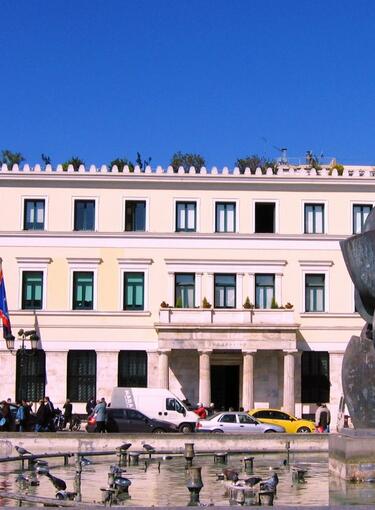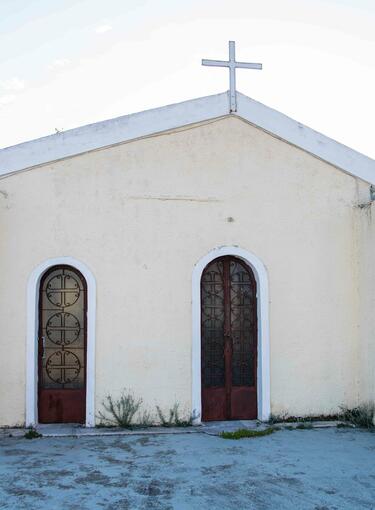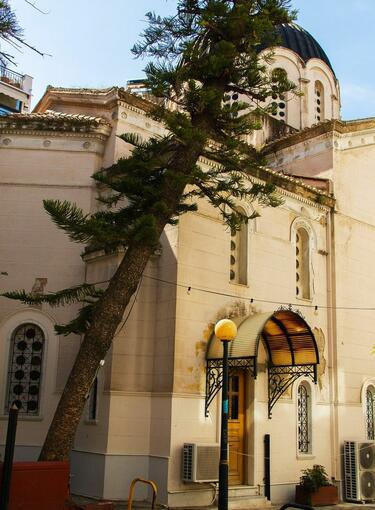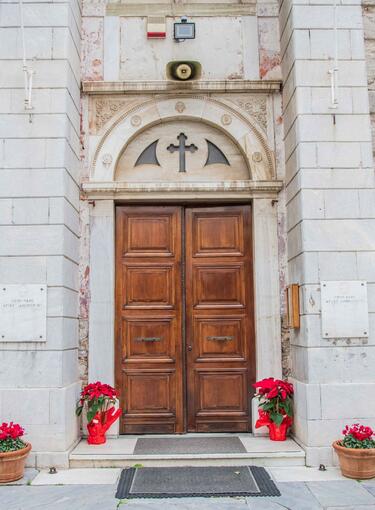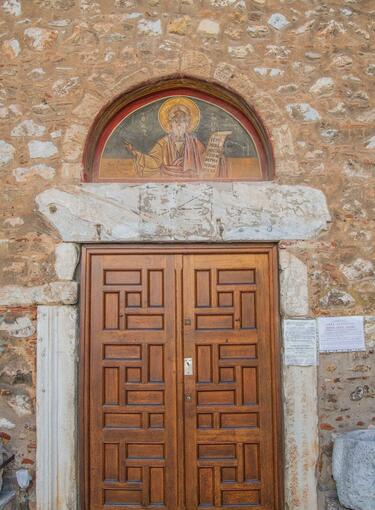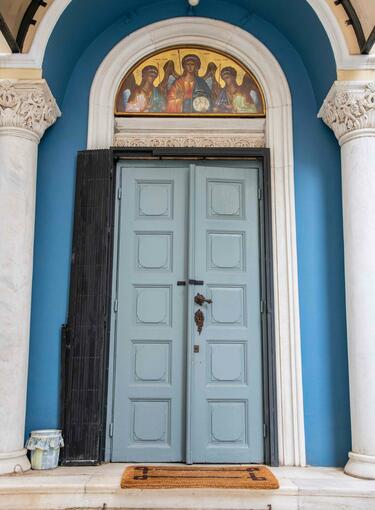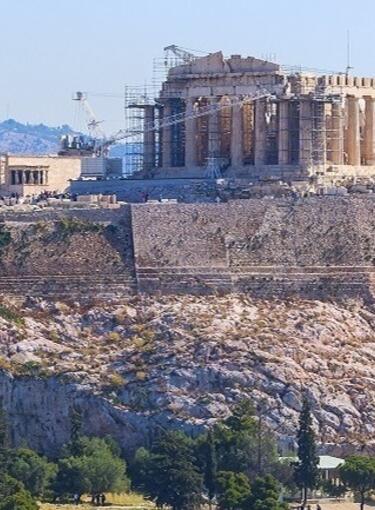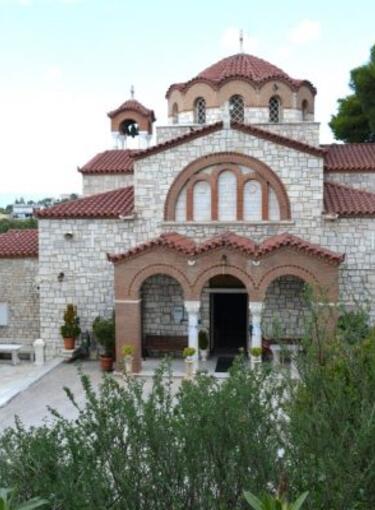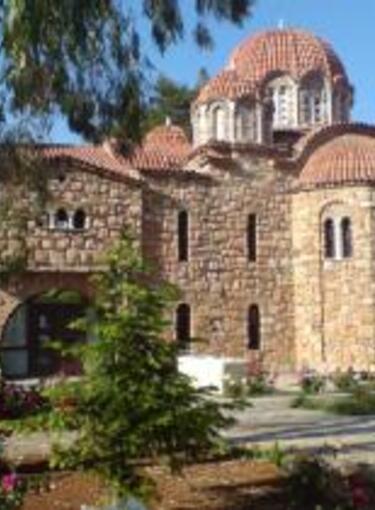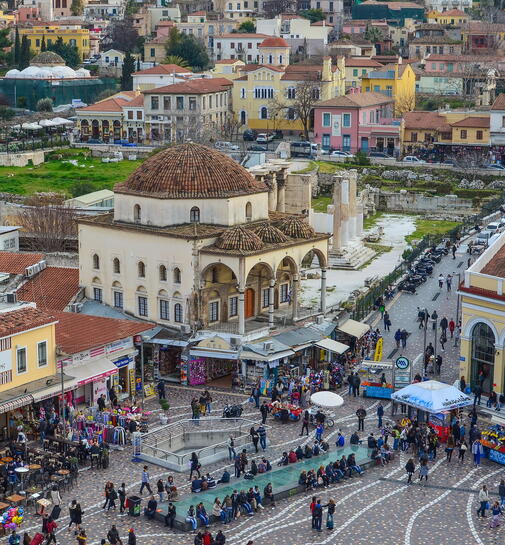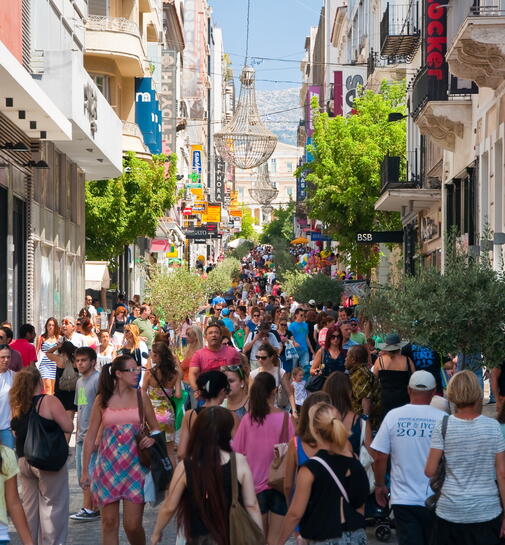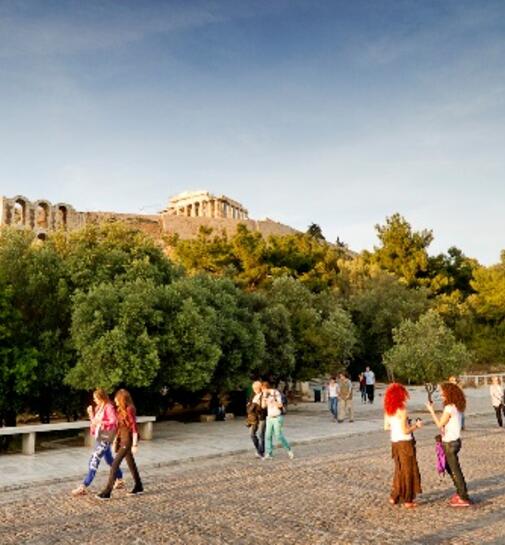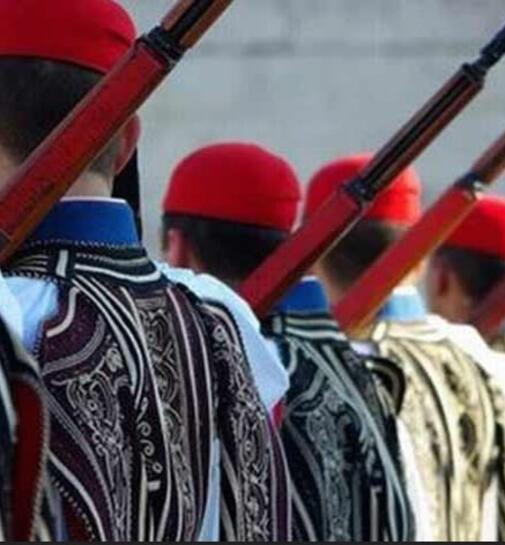Holy Monasteries
At the western entrance of the basin of Athens, on the edge of Chaidari grove, at Athinon Avenue, is the largest Byzantine monastery of Attica, the Monastery of Koimiseos Theotokou (Dormition of the Virgin Mary), known as the Daphni Monastery. It is a monument protected by UNESCO, since its architecture, its size and the exceptional quality of its unique mosaic decoration, which indicate its relation to Constantinople, place it among the most important monuments of the Byzantine period and characterize it as a monument of World Heritage.
Regarding the founder or founders of the monastery and the conditions for its foundation there are no testimonies, therefore information can be drawn only from the monument itself. So, based on the architecture of the catholicon and its decoration the foundation of the monastery can be dated to the end of the 11th century, possibly in around 1080. As excavations at the site demonstrated, the catholicon has been built over the ruins of an ancient sanctuary of Apollo Daphnaios, on the left of the ancient Sacred Way, which led from Athens to Eleusis. It seems that at the same location there was a Christian basilica of the 6th century. During the period of the Latin Occupation (1204-1456) the monastery complex fell into the hands of Cistercian monks and there was the area where they buried the Frankish dukes of Athens, while immediately after the Ottoman conquest (1456) returned into Orthodox hands.
According to testimonies, the monastery flourished in the 16th century, as it happened with the other monasteries of Attica. A leading role was played by the monk Akakios, who is refereed in the sources as the first innovator and its second founder. From the 17th century, however, is started to decline and was raided a lot of times by corsairs. As a matter of fact, in 1802 lord Elgin removed the ancient Ionic columns from the exonarthex of its catholicon. During the Revolution in 1821, due to its strategic location and its strong precinct, was used as a fortress and in 1826, during the invasion of Kutahi, was occupied and torched by the Turks. In 1833, with the law of the Regency of Otto, the monastery was dissolved and in the period 1883-1885 at its area they housed the State Mental Hospital. In 1888, the dome of the catholicon collapsed because of an earthquake, and then its mosaics were repaired by Italian workers, who made a lot of mistakes during the restoration works. The monument suffered serious damages from the great earthquake in 1999.
The monastery complex is defined and protected by a square precinct, fortified with towers and bastions, with two entrance gates, on the eastern and western side. At its interior survive some parts of the cells and the refectory, and approximately at its centre dominates the catholicon. It belongs to the architectural type of the so-called “continental” octagonal cross-in-square church and is built in the usual, but done with diligence, cloisonné system of masonry of the Byzantine years. A characteristic of this architectural type is that the main church is a unified area, since the eight pillars (four sided columns) which support the dome are pushed towards the side. On the eastern of the main church they have added the tripartite bema, while in the west there are two narthexes, from which the exonarthex is a later addition, of the 12th century. Over the narthex there was a floor that was used as a residence of the abbot or as a library. During the 13th century the Cistercian monks repaired the exonarthex and transformed the crypt under the narthex to a burial area of the Frankish dukes of Athens.
At the interior of the church dominate the brilliant mosaics, which are the reason for the monastery’s fame. This mosaic decoration of the end of the 11th century is a true masterpiece of Byzantine art, is one of the best works of its era, and its flawless technical execution refers to the art of Constantinople. The arrangement of the icons follows the established arrangement of the Middle Byzantine Period. At the dome the figure of the Pantokrator dominates, at the conch of the altar the Virgin Mary, while at the main church there are scenes from the life of Christ and saints and at the narthex scenes from the life of the Virgin Mary. The few wall paintings that survive at the church are later and date from the 17th – 18th century.
Informations
Additional
Date:
1080
Holy Metropolis:
Nicaea
Under the Supervision of:
Archaeological Service of western Attica, Piraeus and Islands
Address:
Athinon Av., Chaidari


